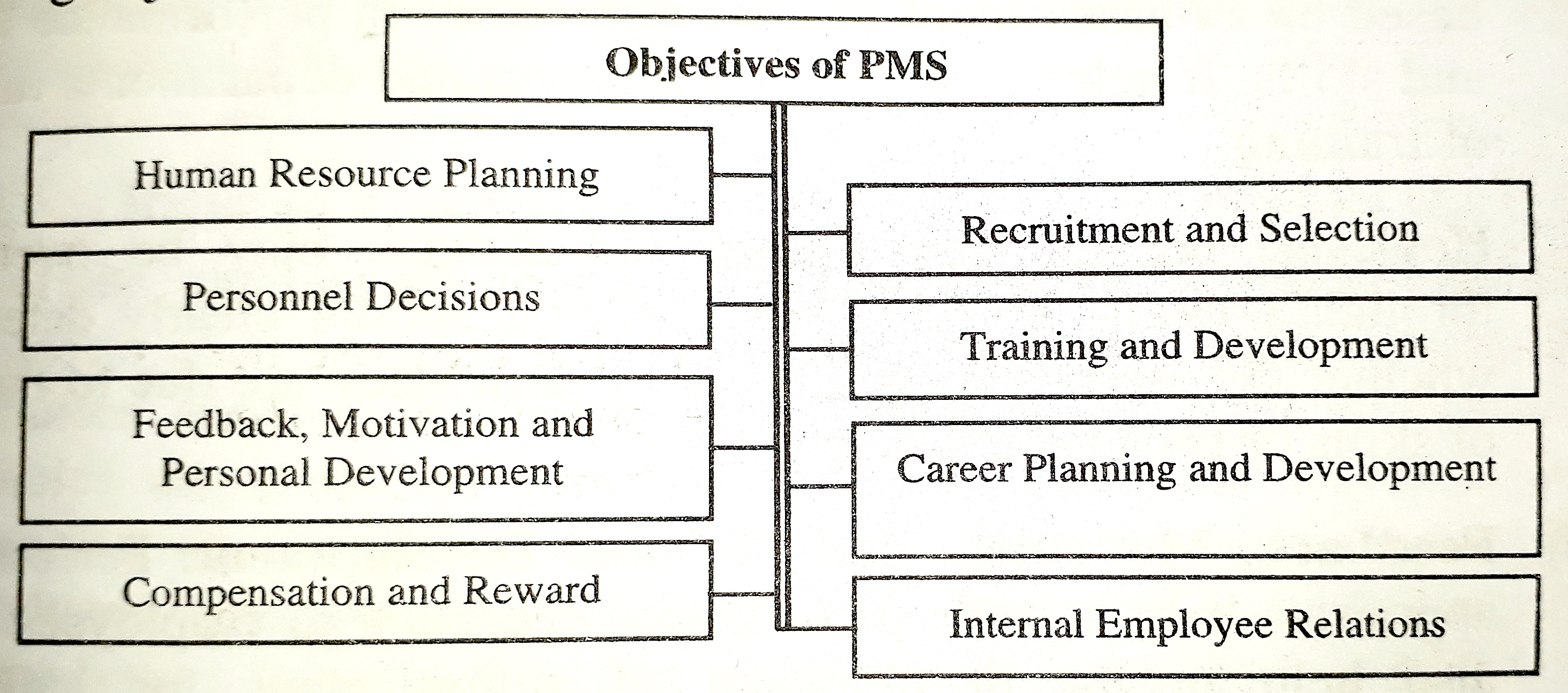A well-designed formal performance management system has to achieve the following objectives:
1. Human Resource Planning (HRP): Performance appraisal information provides valuable input for skills inventories and Human Resource Planning (HRP).
By providing information about the human resource strengths and weaknesses of the organization, the performance appraisal system helps determine the promo ability and potential of all employees.
Therefore, it constitutes a vital information base for developing succession plans, replacement charts, and creating new positions in the organization.
2. Recruitment and Selection: Performance appraisals can be used to validate or evaluate decisions related to employee recruitment and selection.
By comparing employees’ performance appraisals with their test scores as job applicants, it is possible to determine the effectiveness of the recruitment and selection system.
For example, employees who received about the same scores on the selection tests should perform similarly on the job.
However, if these employees show a significant difference in their job performance after one year on the job, then the selection system is not considered successful.
3. Personnel Decisions: Apart from validating selection procedures, performance appraisals also serve as a guide for other personnel decisions such as promotions, lay-offs, etc.
Performance data helps make rational personnel decisions. In the absence of this information, personnel decisions become subjective. Performance data also helps defend promotion decisions once the decision is made.
4. Training and Development: Appraisal data helps an organization determine specific training and development needs based on an assessment of the deficiencies in performance levels and skills.
It helps to identify employees and departments in need of training. However, not all performance deficiencies may be overcome through training.
Performance appraisal should clearly determine whether the reasons for performance deficiency are due to the lack of skills or because of low morale.
5. Feedback, Motivation, and Personal Development: Performance appraisals help provide performance feedback to employees.
They also help in the development of action plans for individual performance improvement and facilitate the learning of new behavior.
All employees want to know how they are performing on the job, what their manager thinks of their performance, and where they; need to improve.
Performance feedback is a primary developmental need and serves to motivate employees. Performance appraisals help determine employee strengths, weaknesses, potentials, and training needs.
When providing feedback to employees, the manager can inform employees about their performance, discuss what aspects need improvement, and also identify what direction employees should take to improve performance.
6. Career Planning and Development: Appraisal data also helps in identifying employee potential and in planning future growth opportunities for the employee.
Information about the strengths, weaknesses, and potential of employees can be used to counsel and assist them in developing and implementing realistic career plans.
7. Compensation and Reward: A fair and objective performance appraisal system helps in making differential reward decisions, such that the most productive workers or teams are rewarded accordingly.
In the absence of performance data, everyone gets the same bonus, is rewarded equally, or rewards are subjectively distributed.
Such a situation results in the perception of inequity on the part of high performers. When rewards and compensation are linked to performance, it reinforces the belief that pay raises should be linked to performance rather than seniority.
Performance data provides a basis for rational decisions about pay and rewards.
8. Internal Employee Relations: Performance appraisals can serve to maintain a positive organizational culture. Dissatisfaction over promotions or reward decisions can be managed by using performance data.
